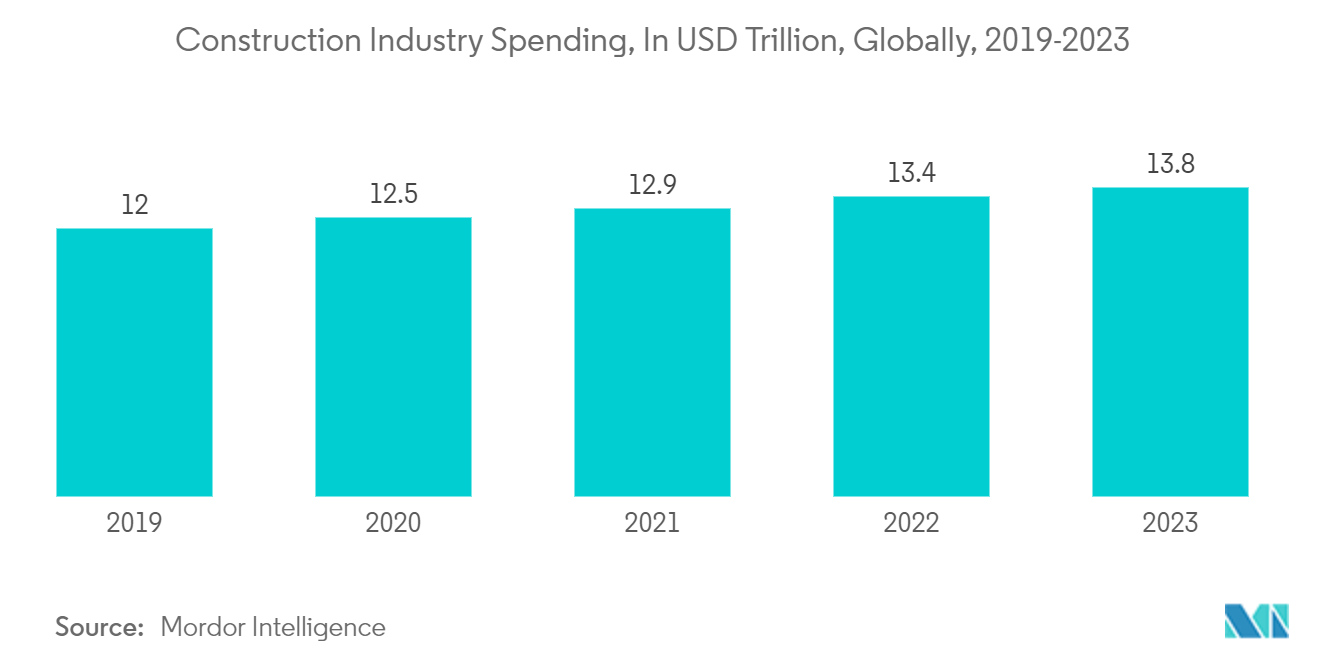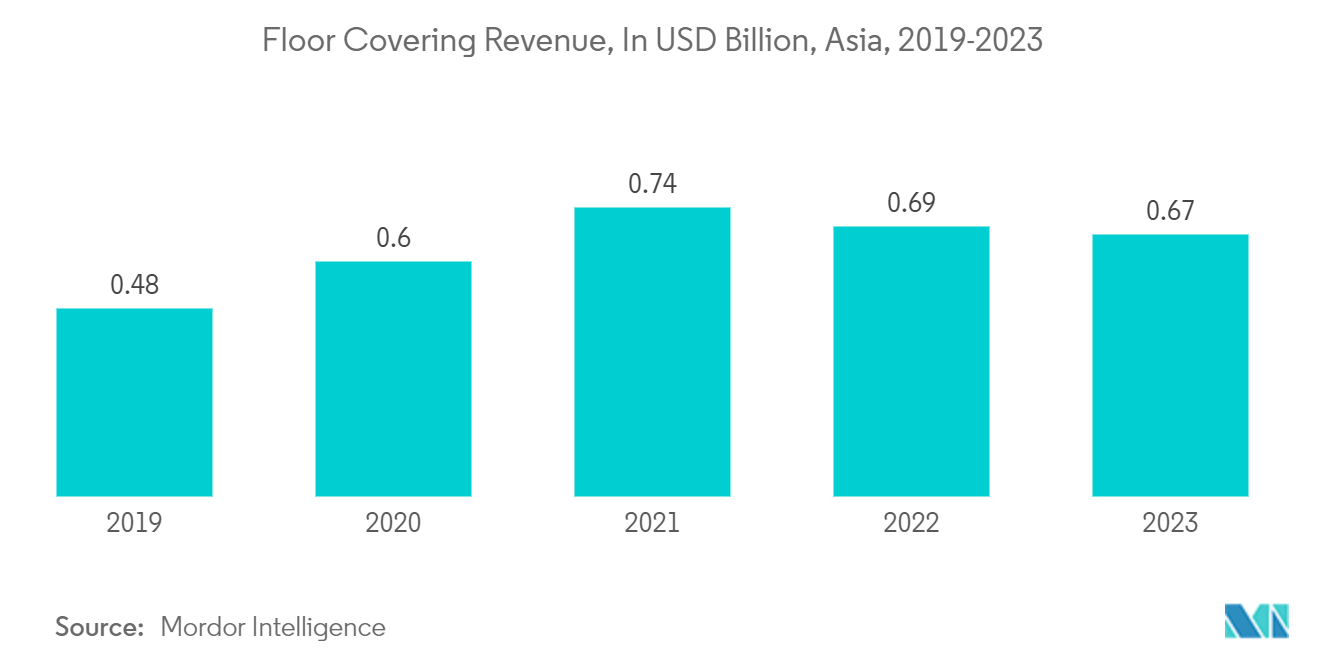Market Trends of Laminate Flooring Industry
The Significant Growth in the Construction Industry is Expected to Boost the Market's Growth
Laminate flooring is a versatile and popular choice for residential and commercial settings. Its affordability makes it an attractive option for homeowners and business owners alike. With its durable construction, laminate flooring can withstand the wear and tear of everyday life, making it a practical choice for high-traffic areas. Laminate flooring's resistance to scratches and stains are one of the main advantages. This is why households with children or animals and business premises which are subject to heavy foot traffic make it an ideal option. Laminate flooring is easy to maintain, requiring cleaning and occasional mopping to keep it looking its best.
Regarding design, laminate flooring offers many options to suit any style or aesthetic. Users can effortlessly achieve the desired aesthetic of natural materials like wood, stone, or tiles without incurring the expenses and upkeep typically associated with these materials. Users can customize their look by choosing from diverse colors, sizes, and designs to match the style of their home or business. Laminate flooring suits various settings, such as living rooms, bathrooms, hallways, retail stores, offices, restaurants, and hotels. Its versatility and durability make it suitable for almost any room or setting. In recent years, the use of laminate flooring in schools and healthcare facilities has been on the rise. This is due to its ability to withstand heavy foot traffic and maintain a hygienic environment, making it an ideal choice for spaces that require both durability and cleanliness.

Asia-Pacific is Expected to Witness Significant Growth
The market share for laminate flooring in Asia-Pacific is substantial, driven by increased construction projects. Laminate flooring is highly preferred due to its affordability, long-lasting nature, and minimal upkeep needs across various building categories, including residential, commercial, and industrial areas. Moreover, the region's large customer base, fueled by increasing consumer spending power and rapid urbanization, contributes to its growth. Additionally, the governments in the region are investing in infrastructure development projects, such as railway stations, airports, supermarkets, shopping malls, educational institutions, and healthcare facilities, further boosting the market. Asia-Pacific is expected to witness the most significant compound annual growth rate (CAGR) in the market over the forecast period. This growth is primarily due to the rapid economic advancements in countries like China, Malaysia, Indonesia, and India. These countries are witnessing increased residential and commercial construction and consumer spending power.
Furthermore, the changing consumer behavior in China and India, with a preference for a more realistic home appearance, increased competition, fragmented distribution, and a rise in dual-income households, create lucrative opportunities for industry players. Government initiatives to support manufacturing growth in these nations will also contribute to expanding the wood and laminate flooring market. Economic reforms have increased construction activity and higher per capita incomes in Asian countries like India, China, and Japan. The demand for laminate flooring is primarily driven by industrial development, with the region being an early adopter of the industry's benefits. The industry has played a significant role in urbanization, expansion, and construction.


